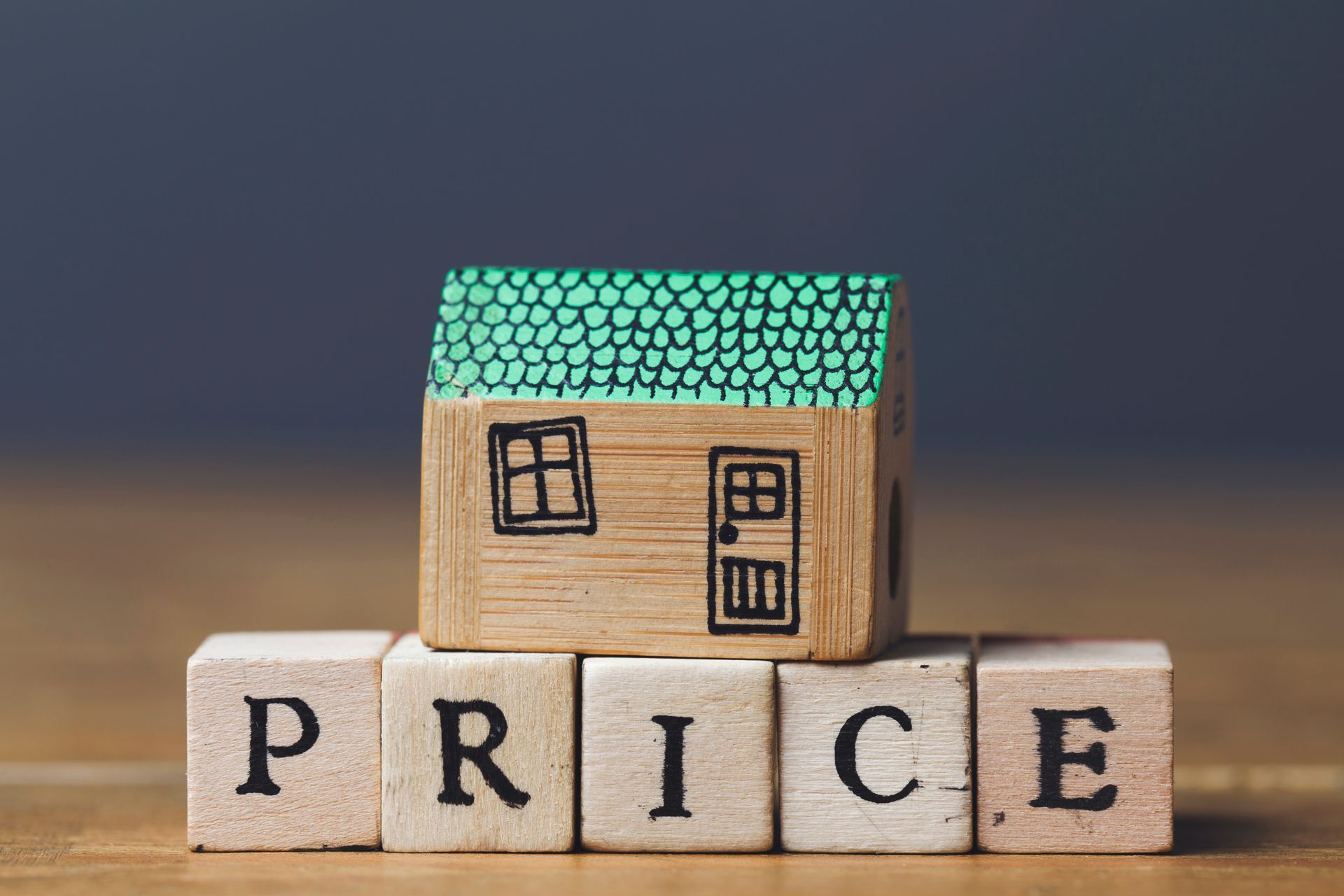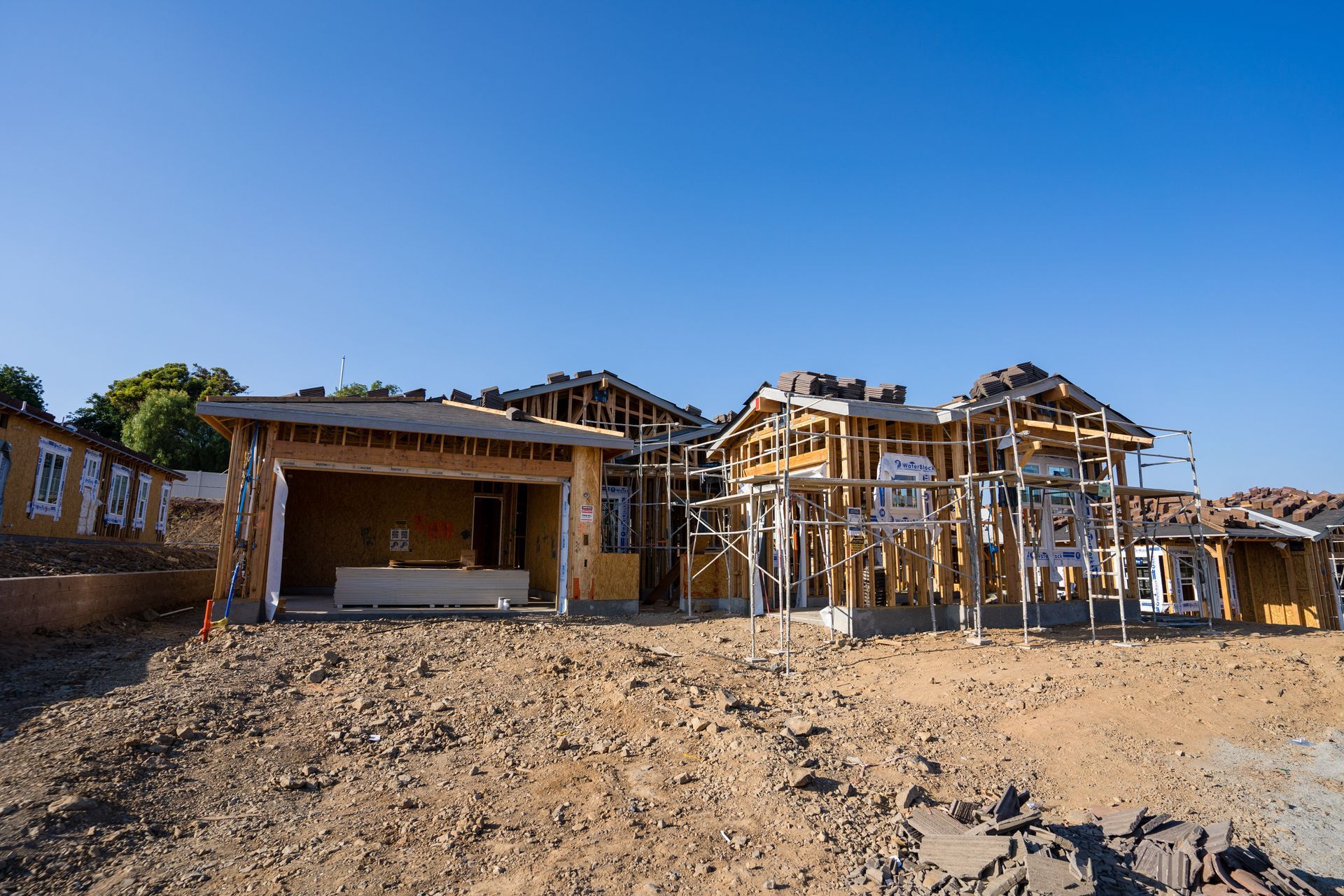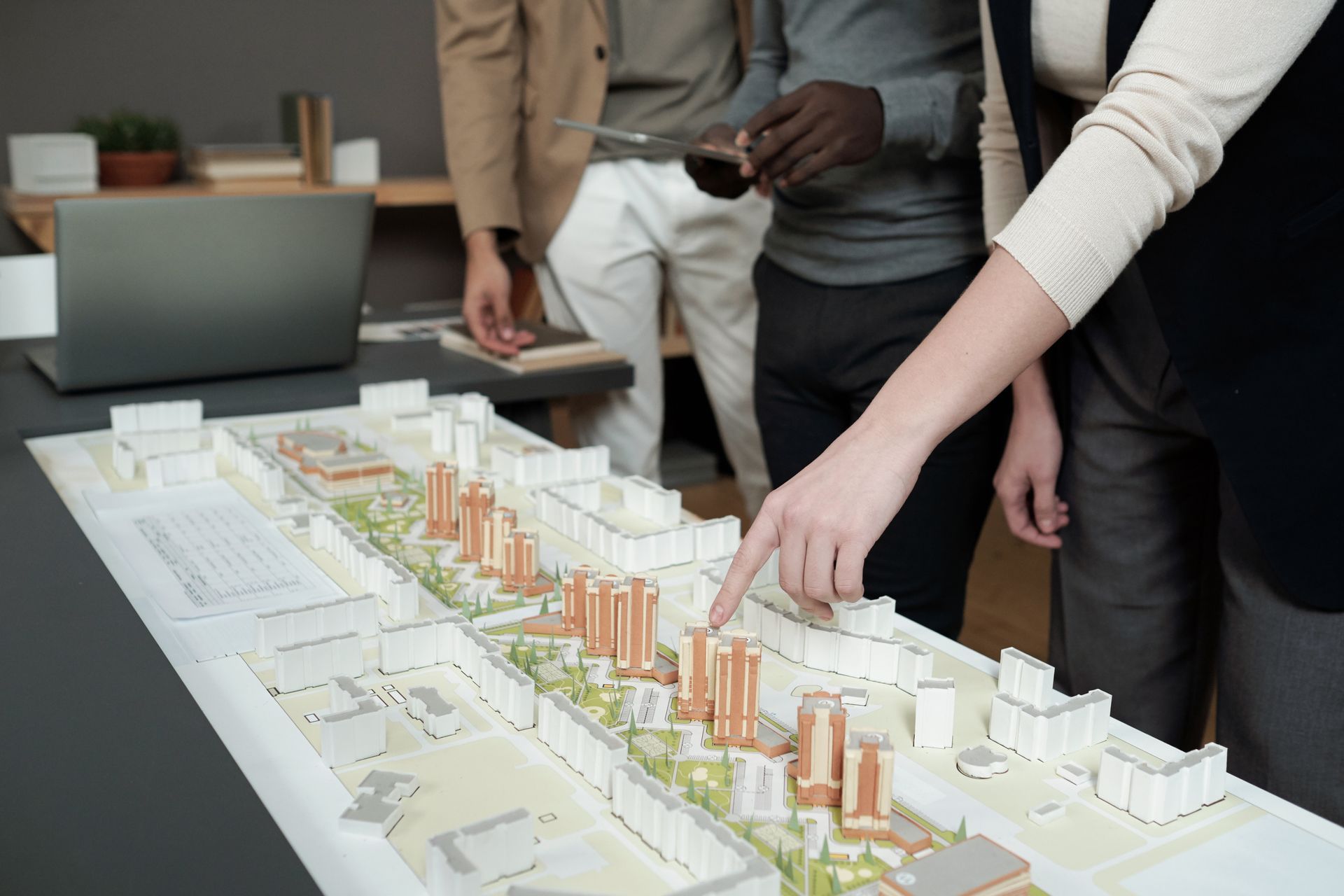What Will Be the Top Green Building Material for Homes in 2025?

As the real estate and construction industries move toward a more sustainable future, the demand for green building materials is rising rapidly. With increasing environmental awareness, stricter building codes, and energy efficiency becoming a top priority for homeowners, the materials we use to build homes are undergoing a major transformation.
For current and future homeowners in Sacramento, understanding these innovations isn’t just good for the planet—it’s also great for long-term investment. Whether you’re a first time buyer, looking to sell my house, or just exploring options, knowing what materials define tomorrow’s sustainable homes can give you a huge edge.
So what will be the top green building material for homes in 2025? Let’s dive deep into what’s trending, what’s viable, and what homeowners should watch for.
What Makes a Building Material "Green"?
Before we reveal the top material, it's important to understand what qualifies a product as “green.” A green building material typically meets the following criteria:
- Made from renewable or recycled resources
- Energy-efficient in production and performance
- Non-toxic and safe for inhabitants
- Durable and long-lasting (reduces replacement needs)
- Recyclable or biodegradable at end of life
- Locally sourced to reduce carbon footprint
The ultimate goal is to create homes that are not only better for the environment but also healthier and more cost-effective for homeowners in the long run.
Top Contenders for Green Building Materials in 2025
1. Hempcrete
Yes, you read that right. Hempcrete—a bio-composite made from the inner core of the hemp plant mixed with lime—is quickly becoming a frontrunner in sustainable construction. Hempcrete is:
- Carbon-negative, meaning it absorbs more carbon than it emits during production.
- Naturally insulating, reducing energy needs.
- Resistant to mold, pests, and fire.
- Lightweight and breathable, ideal for indoor air quality.
As laws surrounding hemp production ease across the U.S., expect hempcrete to gain serious traction in 2025.
2. Recycled Steel
Steel is one of the most durable building materials, and using recycled steel significantly reduces the need for new raw materials. Advantages include:
- 100% recyclable with no degradation.
- Resistant to termites, rot, and natural disasters.
- Pre-engineered steel frames speed up construction.
For environmentally conscious homeowners who still value strength and longevity, recycled steel is a go-to material.
3. Cross-Laminated Timber (CLT)
CLT is a next-generation wood product made by layering wood planks at perpendicular angles and gluing them together. It's strong, beautiful, and sustainable when harvested responsibly.
- Stores carbon instead of emitting it.
- Performs well in seismic zones (great for California).
- Allows for faster and cleaner construction.
CLT is gaining popularity in Sacramento and other cities aiming for greener building solutions.
4. Structural Insulated Panels (SIPs)
SIPs are sandwich panels made with a foam core and oriented strand board (OSB) on either side. These are used for walls, roofs, and floors.
- Provide excellent thermal performance.
- Reduce construction waste.
- Shorten building times due to prefabrication.
Expect SIPs to be a top choice in 2025 for those who want fast, energy-efficient homes.
5. Mycelium (Mushroom Insulation)
An unexpected contender, mycelium—the root system of fungi—is being developed as an insulation material. It's:
- Fully biodegradable and compostable.
- Naturally fire-resistant.
- Lightweight and breathable.
While still in early adoption stages, companies are scaling production, and by 2025, we could see mycelium being used in eco-conscious home builds.
The Top Green Building Material for Homes in 2025: Hempcrete
Considering its carbon-negative footprint, insulation benefits, durability, and rising availability, hempcrete is positioned to be the top green building material of 2025.
It checks every sustainability box:
- Renewable resource? Check.
- Healthier indoor air? Check.
- Lower energy bills? Check.
- Long lifespan? Check.
As more contractors, developers, and homeowners look to create environmentally friendly homes without compromising comfort or style, hempcrete is the one to watch.
Why Green Materials Matter to Sacramento Homeowners
Sacramento is increasingly becoming a hub for environmentally conscious living. With its Mediterranean climate, access to renewable energy programs, and statewide incentives for green homes, using eco-friendly materials adds substantial value.
If you're planning to build, buy, or sell my house in Sacramento, consider the benefits of eco-friendly materials:
- Higher resale value: Green-certified homes can command premium prices.
- Tax incentives: California often offers rebates for energy-efficient upgrades.
- Marketability: Buyers, especially first time buyers, are seeking homes that align with their values and long-term cost savings.
Working with the best realtor in Sacramento ensures you're guided through listings that match modern building standards and green design.
Tips for Buyers and Sellers in a Green Home Market
For Buyers:
- Ask about insulation types, energy ratings, and material sourcing.
- Look for homes with LEED or other green certifications.
- Consider long-term utility savings when budgeting your purchase.
For Sellers:
- Highlight sustainable materials in your listing descriptions.
- Invest in small upgrades (like low-VOC paint or eco insulation) to boost appeal.
- Use eco-friendly staging practices to resonate with green-minded buyers.
Future Outlook: Beyond 2025
Green building isn’t a trend—it’s the new standard. Over the next decade, we expect to see:
- AI-driven smart materials that adapt to weather conditions
- Homes that produce more energy than they consume
- Entire neighborhoods developed with zero-waste principles
If you’re thinking about investing in property that will remain relevant, valuable, and environmentally responsible, now is the time to think green.
Conclusion
As sustainability continues to shape our world, the top green building material for 2025 is likely to be hempcrete, thanks to its carbon-negative properties, durability, and affordability. However, other contenders like CLT, SIPs, and recycled steel also offer compelling advantages.
Whether you're building your dream home, investing in property, or looking to
sell my house, aligning with future-forward, sustainable practices will benefit your wallet—and the planet. Team up with the
best realtor in Sacramento to navigate this exciting green revolution and find or sell a home that truly stands the test of time.








